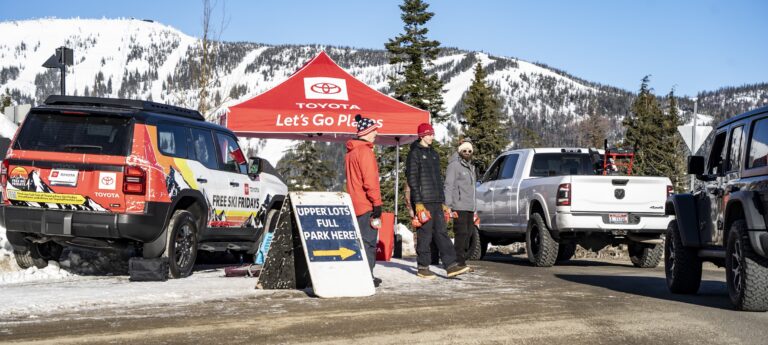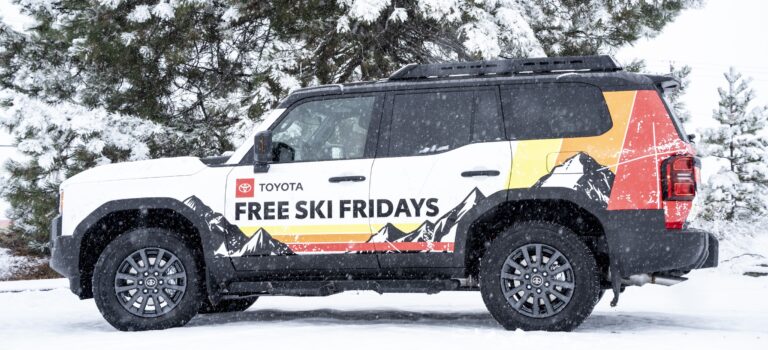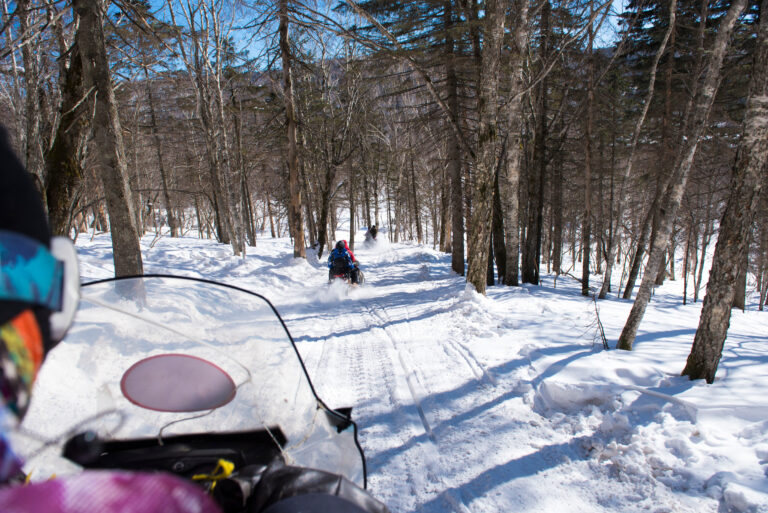Does this sound familiar? It snowed all week, with storm after storm pounding the local mountains and dumping well over a foot of fresh snow. Come Saturday morning, there will be little in the way of groomed runs, and you are still a relative rookie when it comes to skiing in new snow. But, you spent good money on that season pass and are committed to skiing every weekend. So how does someone learn to ski powder, and what tips can help advance powder-skiing skills? I sat down with Rick Brown, Director of Skiing and Snowboarding at 49 Degrees North Mountain Resort, to find out.
If you were going to give a person learning to ski powder one tip, what would it be?
RB: The first things that comes to mind for me are patience and flow. In soft snow it can take longer for the ski to react to your input. As an example, when you tip the skis to make a turn on groomed trails, there is already firm surface that allows the skier to apply pressure and immediately get the skis to start bending. In soft snow or powder, the snow has to compact or compress before there is enough support to get the skis to bend. When I think of skiing powder, my mind instantly leaps to the feeling of floating on top of the snow that I get when skiing powder. The physics aren’t all that different than waterskiing. A combination of surface area and speed allow the skis to float or plane along the surface, be it water or snow (frozen water). Maintaining the proper momentum means that the skis will stay on top of the snow instead of sinking to the bottom.
Where should your weight be when skiing powder, and what are some tips to help?
RB: When skiing softer snow, try to maintain balance over your whole foot on both skis, staying more or less in the middle of the ski. Try to be more fluid and calm with your movements, maintaining that relationship [between] your center of mass over the feet and the middle of the skis. Making aggressive forward moves to start a turn, like one might be able to do on hard pack, will probably result in the ski tips diving and the skier’s center of mass continuing forward past their tips. Getting your weight back over your heels or your tails may help get the tips up out of the snow but will result in having your weight being supported by much less of the ski. You’ll end up working harder with far less control, much like trying to steer a bike from a wheelie. It also puts far more strain on the muscles and joints of the lower body, resulting in fatigue and a higher risk of injury.
What is the biggest challenge to skiing powder and what is a tip that helps mitigate this?
RB: For many who are new to skiing powder, the biggest challenge is adapting their current skill set to a new environment. Most of the time when we try something new, we approach it with some caution and a lot of thought. We tend to fall back on skills or techniques that are already habit. Slowing down movements, making movements that are more fluid and continuous, being patient, and letting the ski respond to those types of input will result in a series of turns that have a smooth flow. //
Brad Northrup is an avid skier and frequent lodge bar patron. He wrote about Old School Ski Tricks in the December issue.













